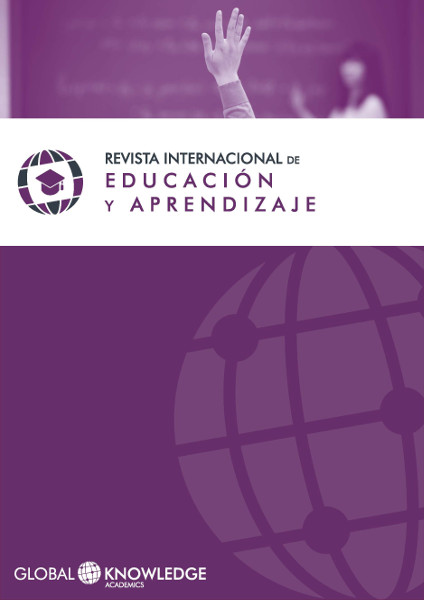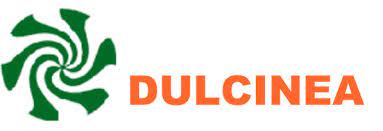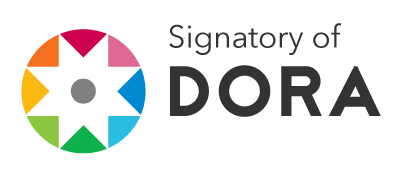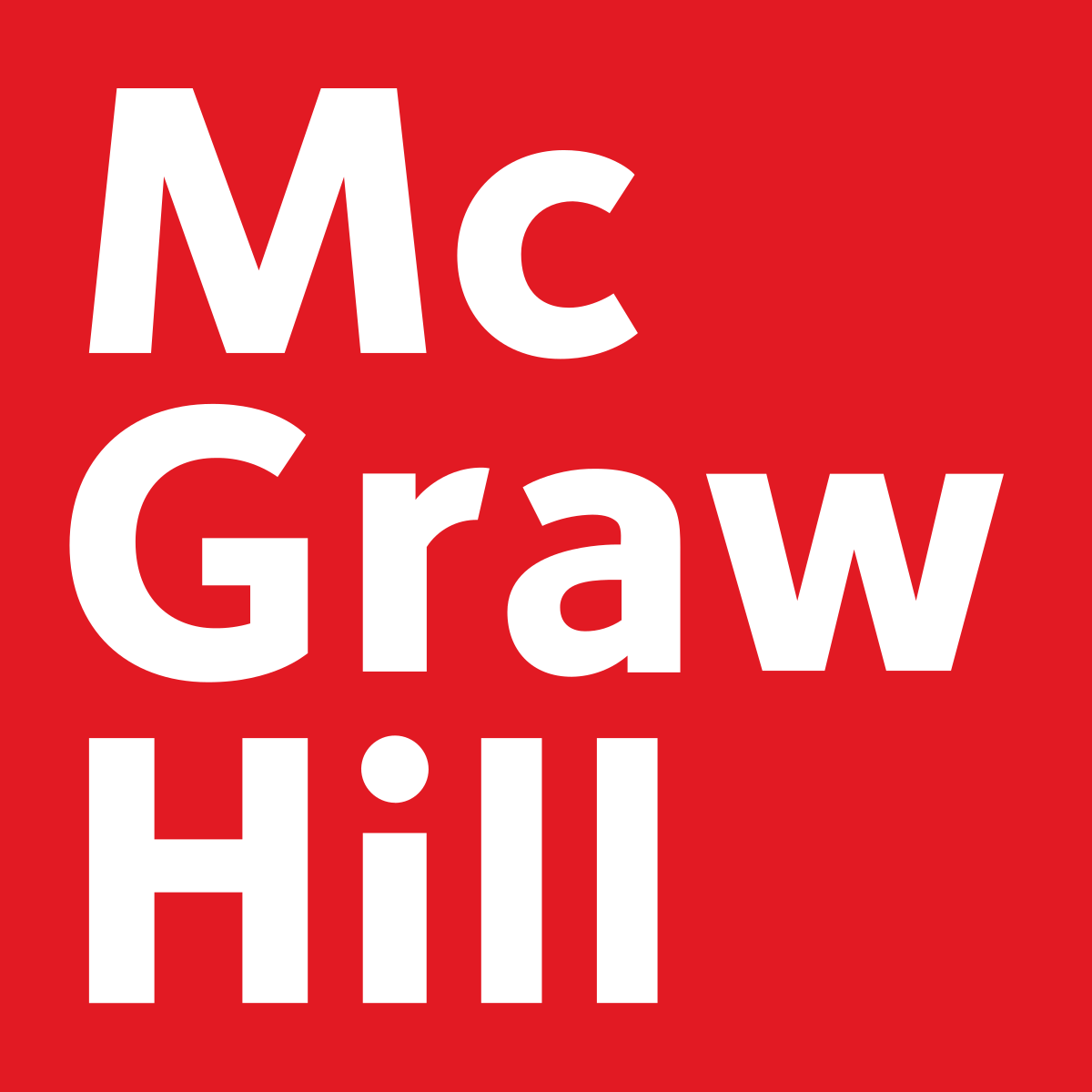Challenges and Opportunities for Curriculum Innovation: Implementation Strategies of Curriculum Modernization, Career of Architecture at the University of Chile
DOI:
https://doi.org/10.37467/gka-revedu.v2.605Keywords:
Curricular Innovation, Architecture Education, Curriculum Design, Curriculum Implementation, CompetencyAbstract
The following article is the result of a research that reflects on the process of curricular innovation of the undergrad uate career of architecture at the University of Chile. The article discusses the need to build strategies for proper implementation of the new curriculum in accordance to the orientation and emphasis of innovation, taking on the challenge of training profe ssionals who can interact with the complexities of contemporary society. Specifically it suggests the need to link curriculum management, formative vision and disciplinary field, allowing adequate coordination between the different disciplinary lines of the career, namely, between theory and practice. A transformation that occurs because of the incorporation of the teaching model based on competency. Thus, it is expected that the future professional can solve problems and interact critically withi n his field of action.
Downloads
Global Statistics ℹ️
|
683
Views
|
421
Downloads
|
|
1104
Total
|
|
References
Allen, S. (1997): “From objects to field. AD Profile 127 (Architecture after Geometry)”. Architectural Design vol.67 no.5/6, p.24-31. Londres, Inglaterra: Academy Group Ltda.
Álvarez, C. (2012): “La relación teoría –práctica en los proceso de enseñanza-aprendizaje”. Revista Educatio Siglo XXI , Vol. 30 N° 2. España: Universidad de Murcia.
Comisión Modernización Curricular de Arquitectura. (2012): Resumen del proceso de modernización curricular de la carrera de arquitectura . Santiago, Chile: Facultad de Arquitectura y Urbanismo, Universidad de Chile.
Corvalán, O. y Hawes, G. (2005): Aplicación del enfoque de competencias en la construcción curricular de la Universidad de Talca . Revisado en http://www.gustavohawes.com/ estudiosypoltica.htm.
Departamento de Pregrado. (2008): Modernización del pregrado de la Universidad de Chile . Santiago, Chile: Universidad de Chile.
Escuela de Pregrado. (2012): Propuesta Plan Estratégico . Santiago, Chile: Facultad de Arquitectura y Urbanismo, Universidad de Chile.
Le Boterf, G. (2000): Ingeniería de las Competencias . Barcelona, España: Ediciones Gestión.
Mpodozis, J. et al. (2000): Informe final de la comisión de formación general en el pregrado. Santiago, Chile: Universidad de Chile.
Oyarzún, P. et al. (2001): Informe final Comisión de estudios Formación Básica . Santiago, Chile: Universidad de Chile.
Perrenoud, P. (2004): Desarrollar la práctica reflexiva en el oficio de enseñar. Profesionalización y razón pedagógica . Barcelona, España: Editorial Graó.
Schön, D. A. (2010): La formación de profesionales reflexivos. Hacia un nuevo diseño de la enseñanza y el aprendizaje de los profesionales . España: Paidós.
Senge, Peter. (1994): The Fifth Discipline. EE.UU: MIT.
Troncoso K. y Hawes, G. (2007): Esquema general para los procesos de transformación curricular en el marco de las profesiones universitarias. Santiago, Chile: Universidad de Chile.
Wittrock, M.C. (1997): La investigación de la enseñanza, III . Profesores y alumnos. España: Paidós.
Downloads
Published
How to Cite
Issue
Section
License
Those authors who publish in this journal accept the following terms:
-
Authors retain copyright.
-
Authors transfer to the journal the right of first publication. The journal also owns the publishing rights.
-
All published contents are governed by an Attribution-NoDerivatives 4.0 International License.
Access the informative version and legal text of the license. By virtue of this, third parties are allowed to use what is published as long as they mention the authorship of the work and the first publication in this journal. If you transform the material, you may not distribute the modified work. -
Authors may make other independent and additional contractual arrangements for non-exclusive distribution of the version of the article published in this journal (e.g., inclusion in an institutional repository or publication in a book) as long as they clearly indicate that the work was first published in this journal.
- Authors are allowed and recommended to publish their work on the Internet (for example on institutional and personal websites), following the publication of, and referencing the journal, as this could lead to constructive exchanges and a more extensive and quick circulation of published works (see The Effect of Open Access).













